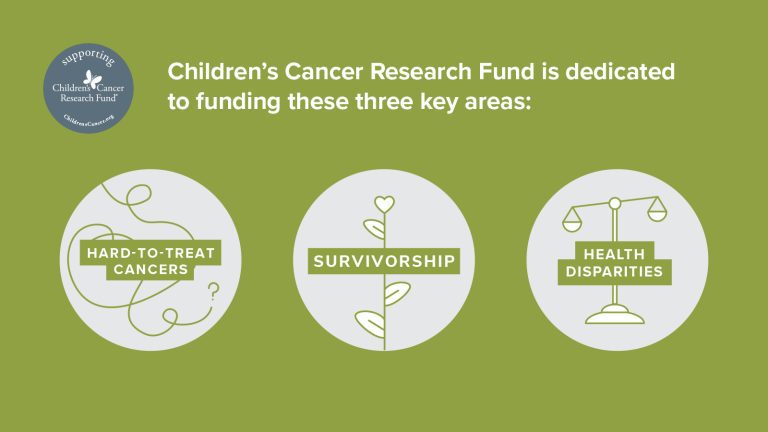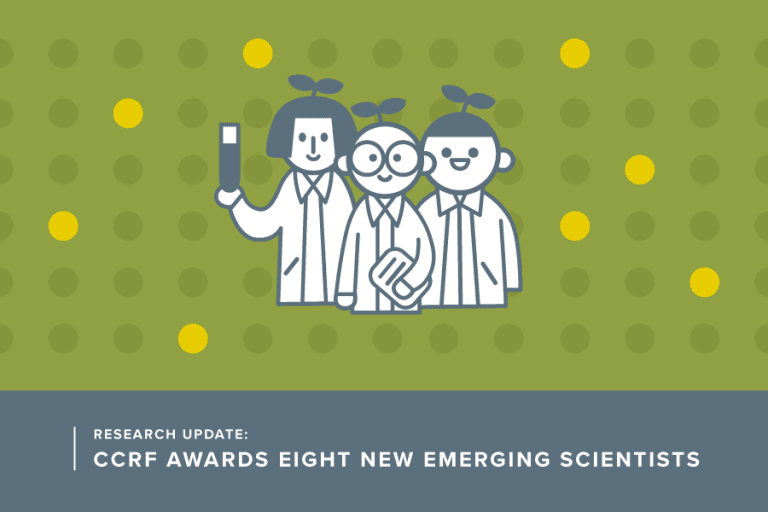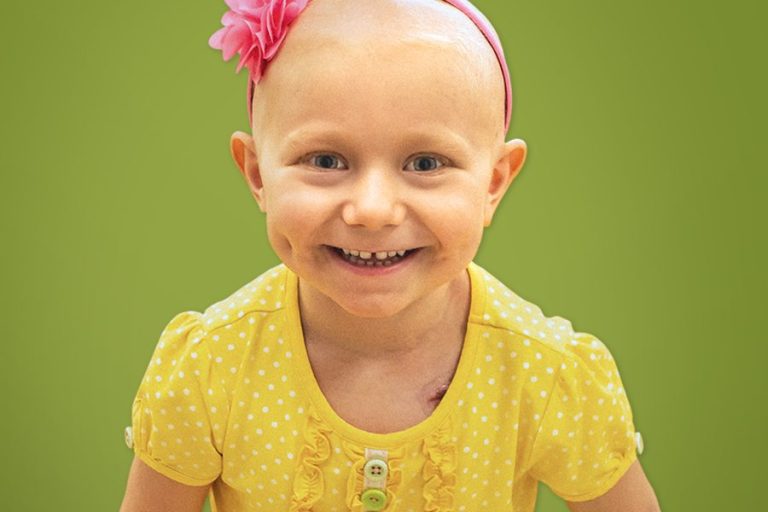When doctors told Paige that the pain her son, Max, was experiencing was probably just constipation, she knew, without question, that they were wrong. Max is a Type 1 diabetic, and Paige had been meticulously tracking everything he ate, especially since he’d started complaining of belly pain. During another trip to the emergency room, his third in three weeks, doctors told Max to make sure he was getting enough fiber and that the issue would work itself out...But Paige wasn't having it.
“I remember asking them, ‘How much fiber do you want him to have? How much water? Because he’s doubling that. This isn’t just a kid with tummy pain,’” Paige said. “You need to look closer.” She refused to leave the emergency room until they did just that. They ordered an MRI - and finally found what they’d been missing. The cause of his pain wasn’t constipation - it was a tumor. Max had Burkitt’s lymphoma, the rarest and most aggressive form of lymphoma.
“Our heads were just swirling,” Paige said. “It went from poop to cancer really fast.”
More resilient than cancer
Doctors told Max that he’d need a bone marrow biopsy, multiple lumbar punctures, have a port placed in his chest, and to start chemotherapy right away. They’d arrived at the hospital in the middle of the night, and now they were being told Max couldn’t leave and would likely need to stay for at least two weeks.
Max didn’t know much about cancer, except that it can kill people. He says he remembers thinking he was going to die - until doctors explained that although his cancer was aggressive, it typically responds well to treatment.
“They told me as far as cancer goes, this one is easier to treat, because it’s not resilient. Chemotherapy works well against it,” Max said.
His goal from that point forward: be more resilient than cancer.
Although it was reassuring to hear that Max’s cancer was treatable, Paige says no step of his treatment was easy. Every chemotherapy drug comes with an alarmingly long list of side effects, one of which is increased risk of secondary cancers. Despite everything Max was facing, Paige remembers seeing his determination from the very first days of treatment.
“Early on, he looked at me and he said, ‘Mom, I can get through this, but I need you not to cry around me.’ It would make him feel weak to see me cry,” Paige said. “I remember being so impressed by that. He wasn’t scared, he was just aware of the mentality he needed to have, and what he needed from me. So, from then on, I thought, okay, Max needs me to be strong.’”
A second life-changing diagnosis
Max had already experienced a life-changing diagnosis just a few years earlier - he found out he had Type 1 diabetes, and had been managing it with a continuous glucose monitor and insulin pump. But managing diabetes during cancer treatment made everything more complicated. Steroids, which he needed to recover from each round of chemotherapy, had a huge impact on his appetite. Chemotherapy made it hard to predict his blood glucose levels, and having glucose levels that were too high made him more susceptible to illness and infection.
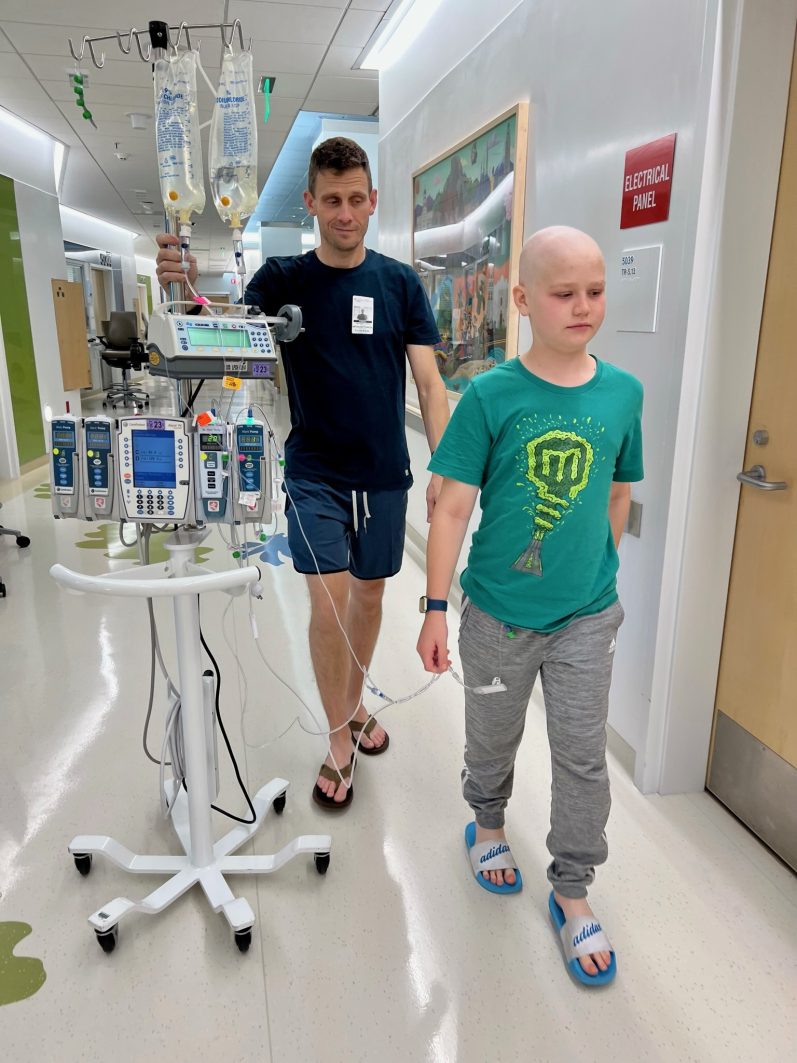
Max’s care team kept a close eye on his blood glucose levels, but the hospital didn’t have a way to integrate the data from his monitoring system into their charting process. During his weeks long inpatient treatments his parents wrote Max’s carbs, blood glucose levels and insulin doses on a piece of paper so his nurses could manually enter the data into his chart.
“It was stressful to not only be dealing with cancer treatment, but also the hands-on experience of keeping this minute-to-minute thing under control every day,” Paige said.
Max's Resilience
During treatment, Max was determined to do everything he could to rebound from the challenges of cancer treatment. He played a virtual reality game called Gorilla Tag (made for the Meta Quest) in his hospital room, getting out of bed and working up a sweat in an effort to stave off the muscle atrophy that many cancer patients experience.
He worked hard to stay mentally strong, too - developing coping mechanisms and mental exercises to get through the most difficult parts of his treatment, like lumbar punctures, where a needle is inserted into Max’s spinal canal. Younger kids are often put under general anesthesia for this kind of procedure, but Max, who didn’t like the lack of control he felt after anesthesia, chose to stay awake.
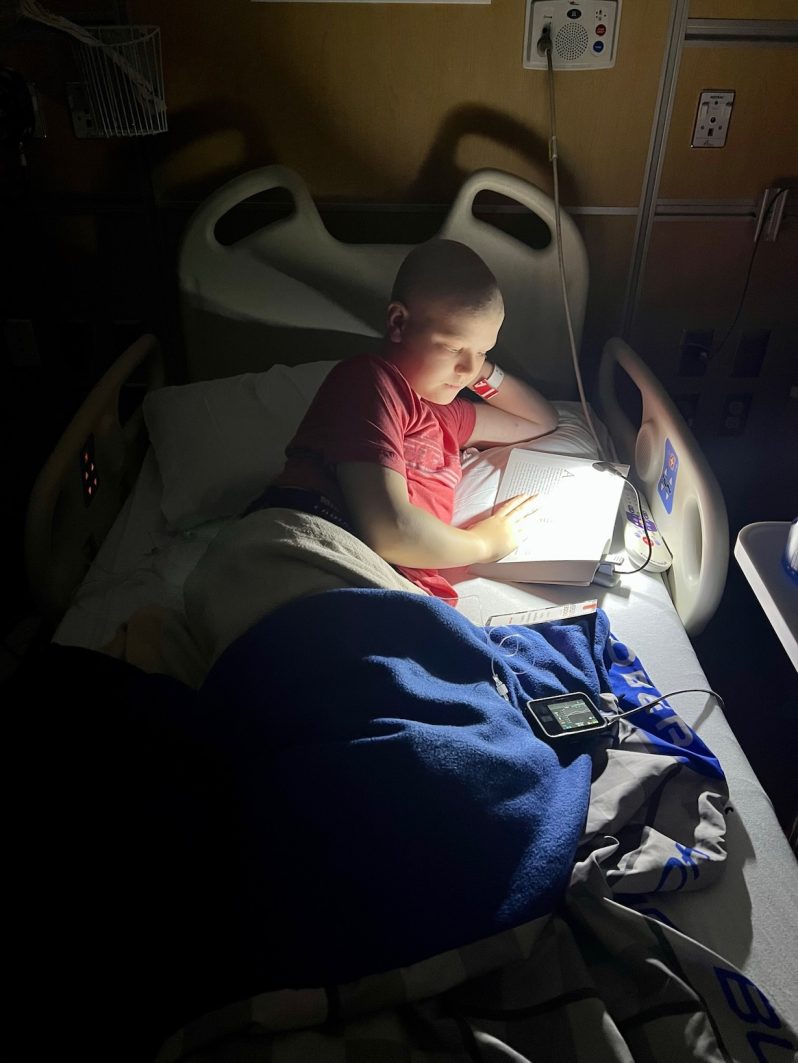
The most brutal part of treatment, Max says, was getting a PET/CT, a type of imaging test that required Max to lie completely still in a hot, narrow tube for nearly three hours. As if that isn’t claustrophobia-inducing enough, Zac, Max’s dad, says the sound inside the machine is like the clinking and clanging at the beginning of Pink Floyd’s ‘Money’ at full volume.
“It’s loud and it’s hot. Your arms are bound at your sides, basically like a prisoner, and there’s sweat running down your face and you can’t even move to wipe your own eyes,” Zac said. “And it was always more difficult for him because his blood sugar needed to be in a specific range or it would ruin the image.”
To make it through, Max relied on mental exercises like visualization and positive thinking. “I’ll get through this,” “This isn’t permanent," and “This won’t last forever” were some of the mantras Max relied on, in the PET/CT and throughout cancer treatment. Zac was blown away by his son’s mental fortitude during his most difficult moments.
“When he came out of those (PET/CT scans), I was always so proud of him for making it through,” he said.
Looking forward
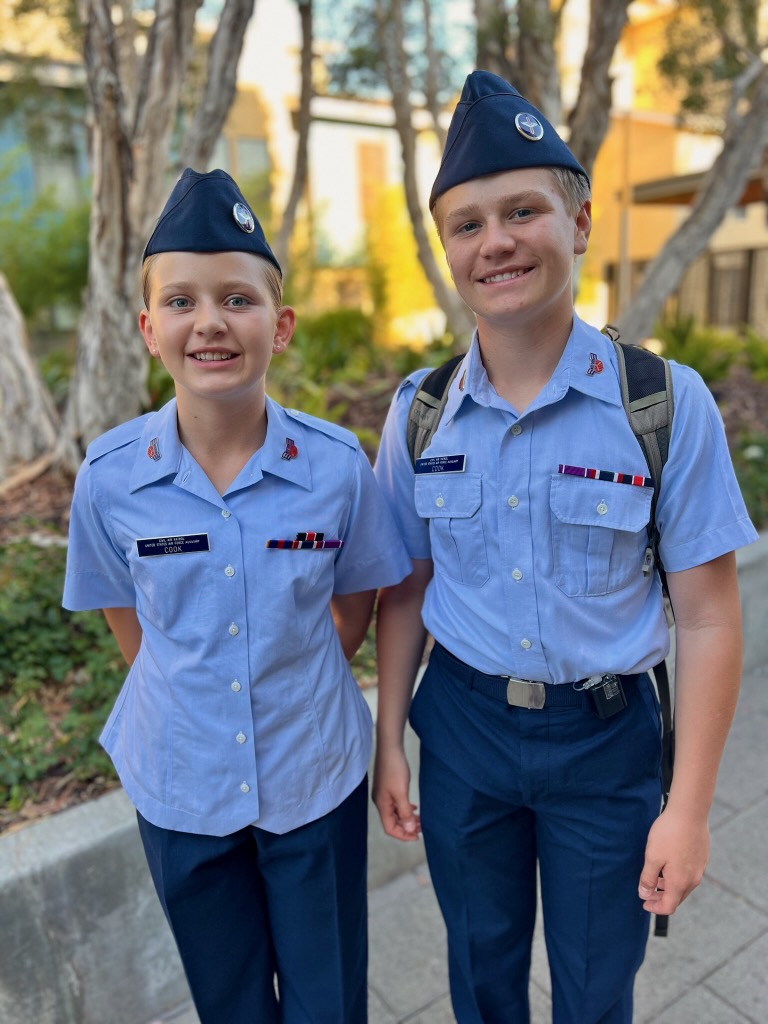
To keep his spirits high, Max created things to look forward to once cancer treatment was over. He read “The Boys on the Boat” during treatment and decided he wanted to learn to row. This past summer, he and his sister joined a rowing organization and they row six days a week.
This past June he attended Civil Air Patrol European Encampment in Germany, a weeklong intensive character development program. Civil Air Patrol, an auxiliary of the U.S. Air Force, offers cadets a chance to grow through hands-on learning experiences. Cadets took part in leadership training, physical fitness challenges, aerospace and safety lessons and practiced military drills. Max’s next challenge, he says, is to become a biologist who researches cures for diseases.
“I think it sounds really cool to figure out how to cure diseases,” he said. “It doesn’t just have to be cancer. I want to figure out any ailment that’s hurting people.”

It’s not lost on Max and his family that he is alive today because of this kind of research. Scientists, doctors and children with Burkitt’s lymphoma who participated in clinical trials helped create the protocol that saved Max’s life.
“I don’t forget how many people died from this cancer before they figured out how to treat it,” Paige said. “Milestones are so special now. Birthdays, first days of school… I’m so thankful to see him go to his first day of freshman year. I’m thankful he’s alive.”
Max says he’s grateful for the kids who he’s met during his cancer experience, many of whom offered pep talks or encouragement when he needed it most. He wants to inspire other kids who are in the thick of treatment to keep a determined mindset, even when it’s hard.
“No matter what kind of cancer you have, even if it’s one that’s really difficult to get through, I think positive thinking can really affect it,” Max said. “You just have to think to yourself that you’re going to be okay, you’re going to get through it.”


